Home>Gardening & Outdoor>Landscaping Ideas>What Are Pampas Grass
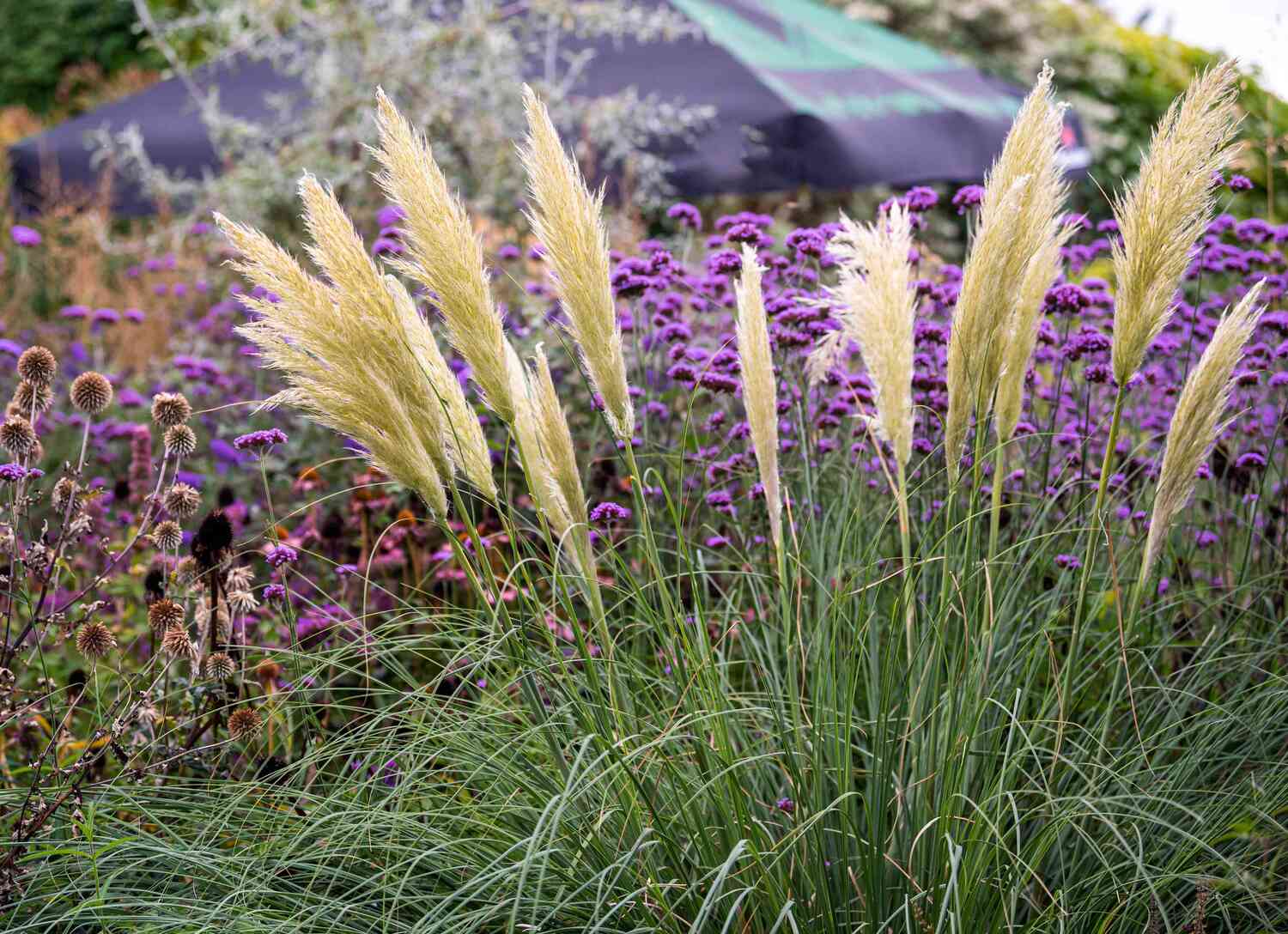

Landscaping Ideas
What Are Pampas Grass
Modified: March 29, 2024
Discover creative landscaping ideas with pampas grass. Learn how to incorporate this trendy ornamental grass into your outdoor space. Explore our tips and inspiration!
(Many of the links in this article redirect to a specific reviewed product. Your purchase of these products through affiliate links helps to generate commission for Storables.com, at no extra cost. Learn more)
Introduction
Pampas grass, with its feathery plumes and towering presence, has become a popular choice for landscaping and home decor. This striking plant, native to South America, has captured the imagination of gardening enthusiasts and interior designers alike. Its elegant appearance and low-maintenance nature make it a versatile addition to various settings, from modern urban spaces to rustic countryside retreats.
In recent years, pampas grass has experienced a resurgence in popularity, gracing social media feeds and interior design magazines with its ethereal beauty. Its allure lies in its ability to add a touch of natural elegance to any environment, whether used as a focal point in a garden or as a statement piece in interior decor.
In this article, we will explore the captivating world of pampas grass, delving into its description, uses, care requirements, and potential issues. Whether you are a seasoned gardener, a novice plant enthusiast, or someone looking to enhance their living space with a touch of organic charm, this article will provide valuable insights into the enchanting realm of pampas grass. So, let's embark on a journey to unravel the secrets of this stunning ornamental grass and discover how it can enrich our surroundings with its timeless allure.
Key Takeaways:
- Pampas grass, native to South America, adds elegance to gardens and homes with its towering presence and feathery plumes. It requires minimal care and serves ecological purposes, making it a versatile and captivating ornamental grass.
- While pampas grass enhances landscapes and interiors with its beauty, it’s important to be mindful of its potential invasiveness in certain regions and the need for responsible maintenance. Understanding and addressing these factors can help ensure its positive impact while minimizing risks.
Read more: What Does Pampas Grass Symbolize
Description of Pampas Grass
Pampas grass, scientifically known as Cortaderia selloana, is a large, perennial grass that belongs to the Poaceae family. Originating from the vast plains of South America, particularly the pampas regions of Argentina, Brazil, and Uruguay, this majestic grass has found its way into landscapes and homes across the globe.
One of the most striking features of pampas grass is its imposing size. It can reach heights of up to 10 feet, creating a dramatic and commanding presence in any setting. The long, slender leaves form dense tussocks at the base of the plant, providing a lush and verdant backdrop for the main attraction – the plume-like flower heads.
The flower heads of pampas grass are perhaps its most iconic feature. These silky, feather-like plumes can span up to 12 inches in length and are often a creamy white or soft pink in color, adding a touch of ethereal elegance to the landscape. The plumes emerge in late summer and persist throughout the fall and winter, making them a valuable source of visual interest during the colder months.
While pampas grass is renowned for its ornamental appeal, it also serves ecological purposes. Its dense growth and deep root system make it effective in preventing soil erosion, particularly in coastal areas. Additionally, the plumes provide nesting material for birds and shelter for small wildlife, contributing to the biodiversity of the ecosystem.
With its graceful silhouette, resilient nature, and captivating floral display, pampas grass embodies a harmonious blend of beauty and functionality. Its timeless allure and adaptability have cemented its status as a beloved ornamental grass, adorning gardens, landscapes, and interiors with a touch of natural splendor.
Uses of Pampas Grass
Pampas grass serves a multitude of purposes, making it a versatile and sought-after addition to various settings. Its aesthetic appeal and practical attributes have led to its widespread use in landscaping, interior decor, and ecological restoration projects.
One of the primary uses of pampas grass is as a striking ornamental plant in landscaping. Its towering stature and graceful plumes make it an ideal choice for creating visual interest and adding vertical dimension to gardens and outdoor spaces. Whether planted as a standalone specimen or used in mass plantings, pampas grass lends a sense of drama and elegance to the landscape, especially when swaying gently in the breeze.
Within the realm of interior design, pampas grass has emerged as a popular decorative element. Dried plumes are often utilized in floral arrangements and home decor, adding a touch of natural texture and softness to living spaces. Whether displayed in a vase, incorporated into wreaths, or used as standalone decor pieces, pampas grass brings a sense of organic charm and timeless beauty to interiors.
Furthermore, pampas grass plays a crucial role in ecological restoration and landscaping projects. Its deep root system and ability to thrive in various soil types make it an effective choice for stabilizing slopes, preventing soil erosion, and restoring disturbed natural habitats. Additionally, its tolerance for coastal conditions makes it a valuable asset in coastal restoration efforts, where it aids in protecting shorelines and enhancing biodiversity.
Beyond its ornamental and ecological uses, pampas grass holds cultural significance in some regions. In certain South American countries, the plumes of pampas grass are utilized in traditional crafts and ceremonies, adding a symbolic and ceremonial dimension to its cultural relevance.
Whether adorning gardens, enriching interiors, supporting ecological restoration, or carrying cultural significance, pampas grass continues to captivate and inspire with its diverse array of uses, showcasing its enduring appeal and multifaceted contributions to various facets of human life and the natural world.
Pampas grass is a tall, ornamental grass native to South America. It is known for its feathery plumes and is often used in floral arrangements and landscaping. Be cautious when planting, as it can be invasive in some areas.
How to Care for Pampas Grass
While pampas grass is renowned for its low-maintenance nature, providing optimal care is essential to ensure its health and vitality. Whether grown in gardens, landscapes, or containers, following a few simple guidelines can help maintain the beauty and vigor of this stunning ornamental grass.
- Location: Select a sunny location for planting pampas grass, as it thrives in full sunlight. Ensure that the chosen site offers well-draining soil to prevent waterlogging, which can adversely affect the plant’s root system.
- Watering: During the initial establishment phase, regular watering is crucial to promote healthy root development. Once established, pampas grass exhibits drought tolerance and generally requires minimal supplemental watering, except during prolonged dry spells.
- Pruning: Prune pampas grass in late winter or early spring to remove old, tattered foliage and encourage the emergence of new growth. When pruning, wear protective clothing to avoid irritation from the sharp leaf edges, and use sharp tools to make clean cuts.
- Feeding: While pampas grass is relatively low-maintenance, applying a balanced fertilizer in spring can support its growth and overall vigor. Opt for a slow-release fertilizer to provide sustained nourishment throughout the growing season.
- Division: Over time, pampas grass can develop large clumps that may benefit from division to rejuvenate the plant and prevent overcrowding. Dividing the clumps every few years in early spring can promote healthier growth and enhance the plant’s appearance.
- Winter Care: In regions with cold winters, protect pampas grass from frost damage by wrapping the plumes with burlap or a breathable fabric. This helps shield the plant from harsh winter conditions while preserving its ornamental appeal.
By attending to these fundamental aspects of care, pampas grass can thrive and continue to embellish outdoor and indoor spaces with its resplendent beauty and enduring charm. With a little attention and thoughtful maintenance, this iconic grass can grace its surroundings with grace and vitality, enriching the natural tapestry of any setting it inhabits.
Potential Issues with Pampas Grass
While pampas grass is prized for its ornamental beauty and resilience, it is important to be aware of potential issues that may arise when cultivating this striking grass. Understanding these challenges can help mitigate risks and ensure the successful growth and management of pampas grass in various settings.
- Invasive Potential: In some regions, pampas grass has been classified as an invasive species, particularly in coastal areas and Mediterranean climates. Its vigorous growth and prolific seed production can lead to its spread into natural habitats, displacing native vegetation. To prevent potential invasiveness, it is crucial to research local regulations and consider alternative ornamental grasses in regions where pampas grass poses a risk to native ecosystems.
- Sharp Leaf Edges: The serrated edges of pampas grass leaves can cause skin irritation and discomfort if not handled carefully. When pruning or handling the plant, wearing protective clothing, gloves, and eye protection is advisable to minimize the risk of skin irritation and injury.
- Fire Hazard: The dry foliage and plumes of pampas grass can pose a fire hazard, especially in arid regions and during periods of high fire risk. Prudent management, including regular removal of dry foliage and plumes, can help reduce the risk of fire and promote safety in fire-prone areas.
- Maintenance Challenges: Pampas grass’s robust growth and large size can present challenges in terms of maintenance and containment. Regular pruning, division, and management of its expansive root system may be necessary to prevent overcrowding and maintain the plant’s visual appeal within the intended space.
By staying informed about these potential issues and implementing proactive measures, such as responsible planting practices, careful maintenance, and adherence to local regulations, the allure of pampas grass can be enjoyed while minimizing any associated risks. With thoughtful consideration and informed stewardship, this iconic ornamental grass can continue to enrich landscapes and living spaces with its timeless elegance and ecological contributions.
Read more: What To Pair With Pampas Grass
Conclusion
As we conclude our exploration of pampas grass, we are reminded of its enduring allure and multifaceted contributions to the natural world and human environments. From its origins in the sweeping pampas regions of South America to its widespread presence in gardens, landscapes, and interior decor, pampas grass has captivated the hearts and imaginations of people around the globe.
Its lofty plumes, graceful silhouette, and ecological benefits have positioned it as a symbol of timeless elegance and resilience. Whether swaying gently in the breeze, adorning floral arrangements, or providing vital support in ecological restoration, pampas grass embodies a harmonious blend of beauty, functionality, and cultural significance.
However, it is crucial to approach the cultivation and management of pampas grass with mindfulness and responsibility. Understanding its potential invasiveness in certain regions, being mindful of its maintenance requirements, and addressing any associated challenges with prudence can help ensure its positive impact while mitigating potential risks.
Ultimately, pampas grass stands as a testament to the enduring power of nature to inspire, enrich, and connect us to the splendor of the natural world. Its presence in our lives, whether in the garden, the home, or the broader landscape, serves as a reminder of the profound beauty and resilience found in the embrace of the natural world.
As we continue to cherish and steward the remarkable legacy of pampas grass, may its timeless allure and ecological contributions continue to weave a tapestry of enchantment, vitality, and harmony in the landscapes and living spaces it graces.
Frequently Asked Questions about What Are Pampas Grass
Was this page helpful?
At Storables.com, we guarantee accurate and reliable information. Our content, validated by Expert Board Contributors, is crafted following stringent Editorial Policies. We're committed to providing you with well-researched, expert-backed insights for all your informational needs.
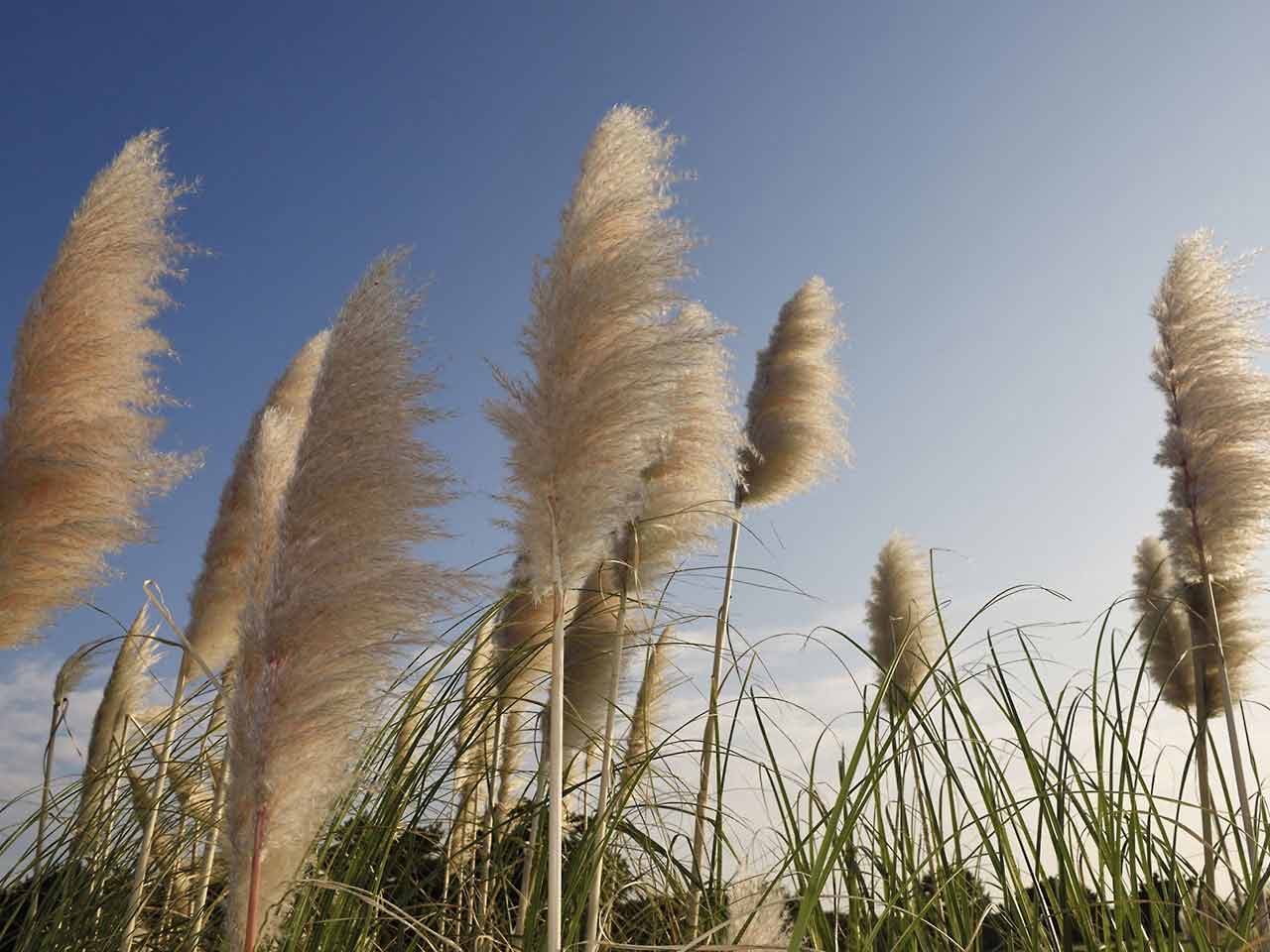
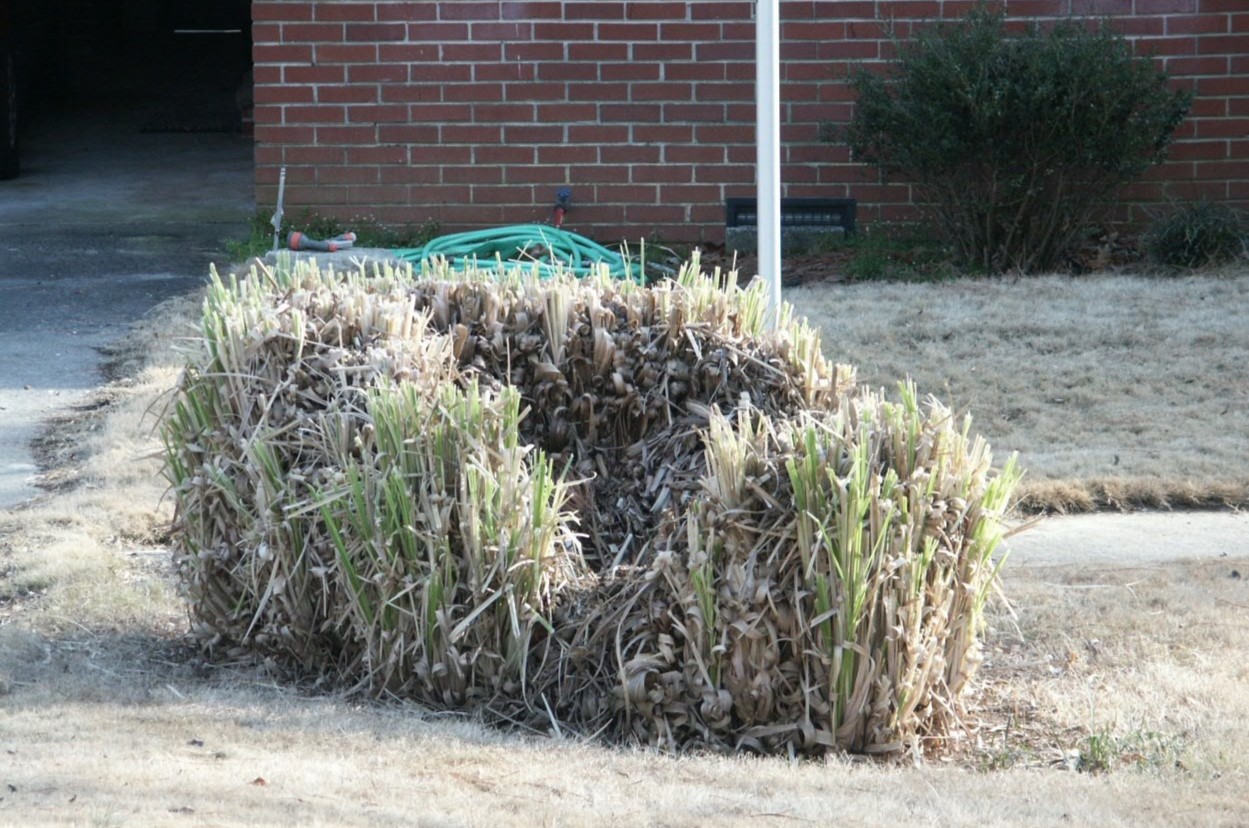
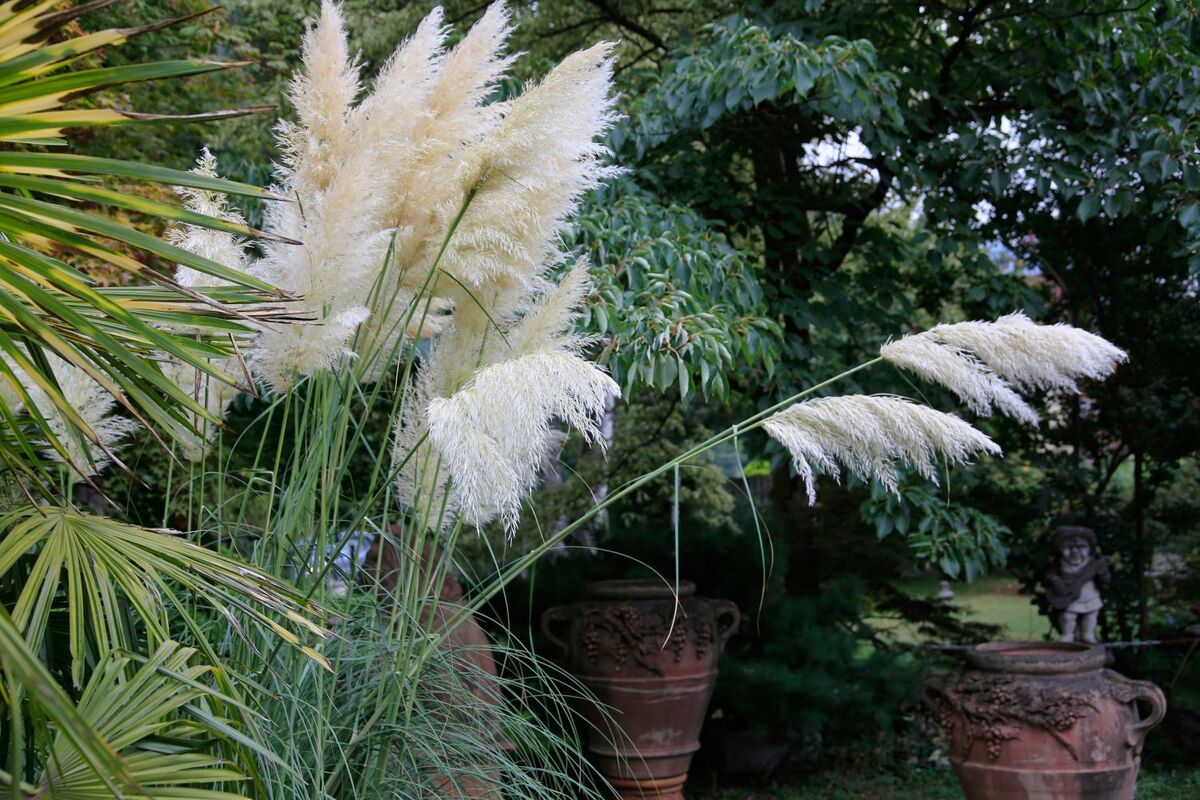
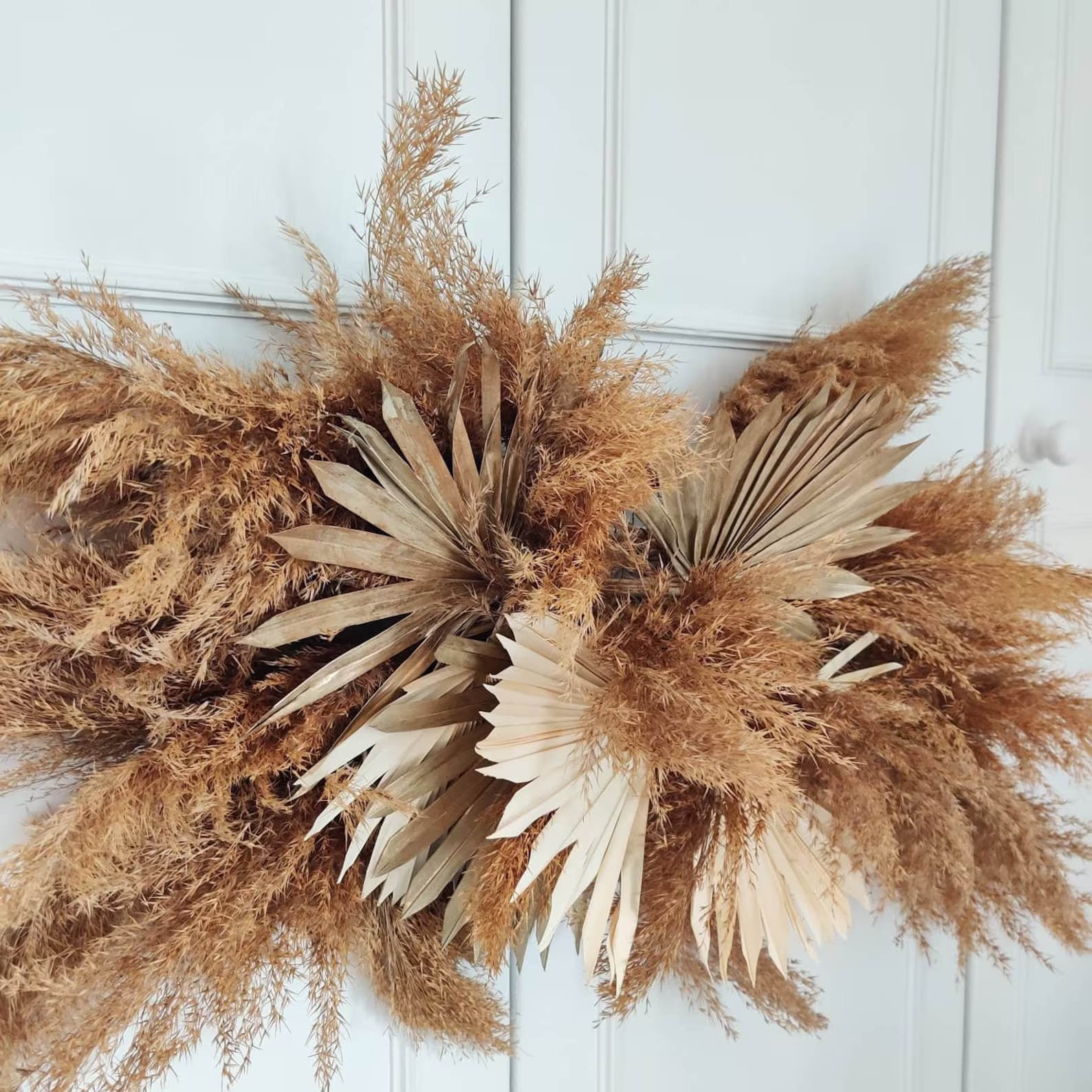

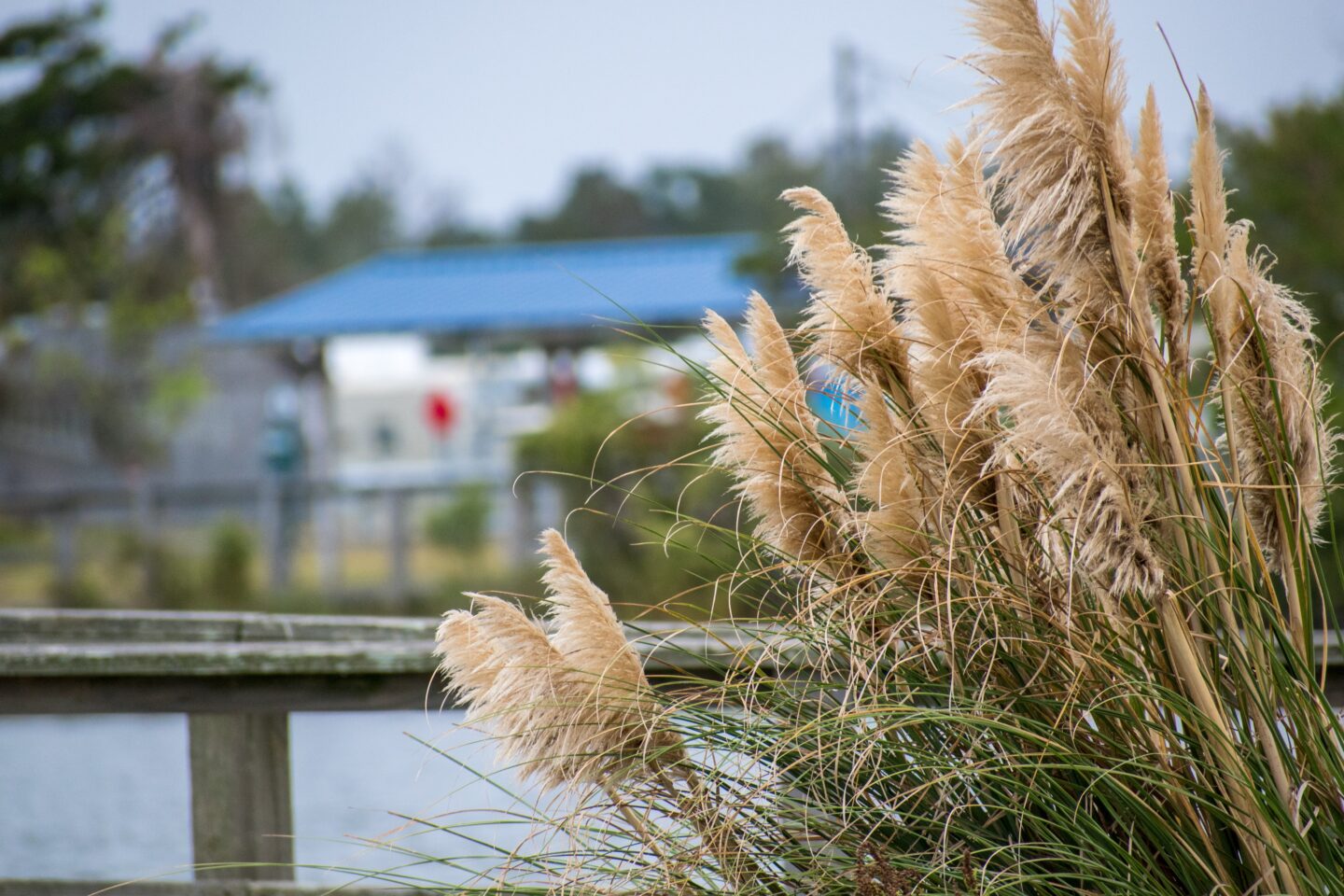
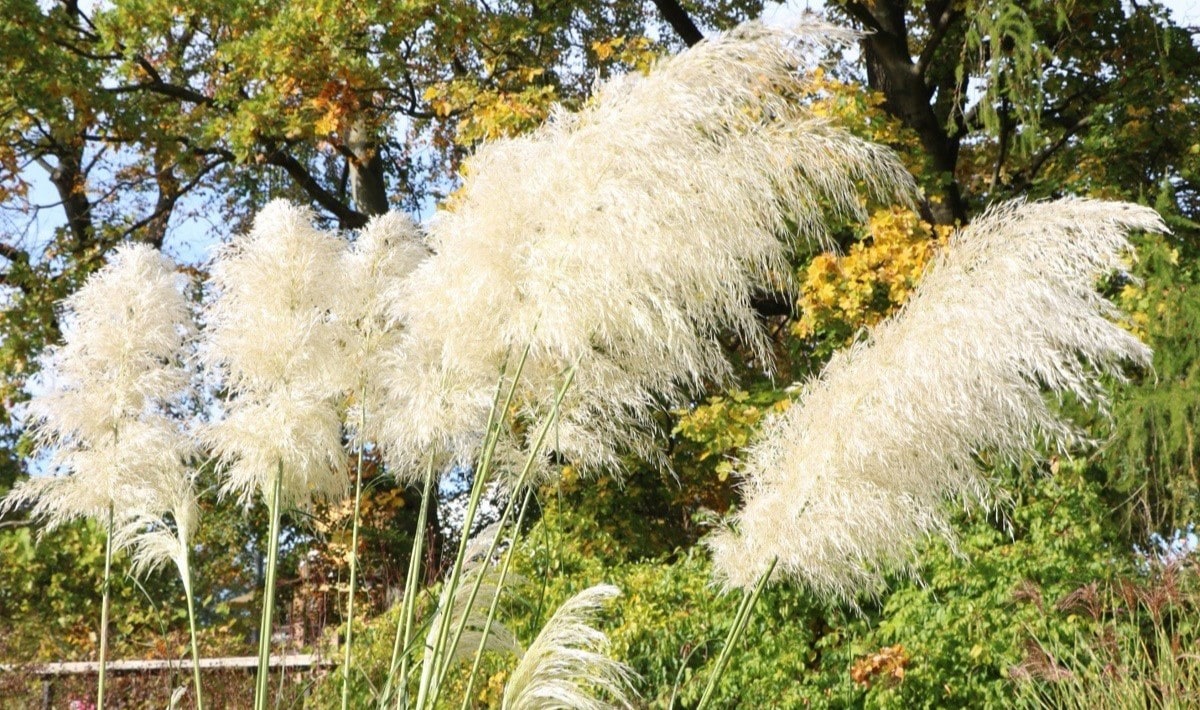
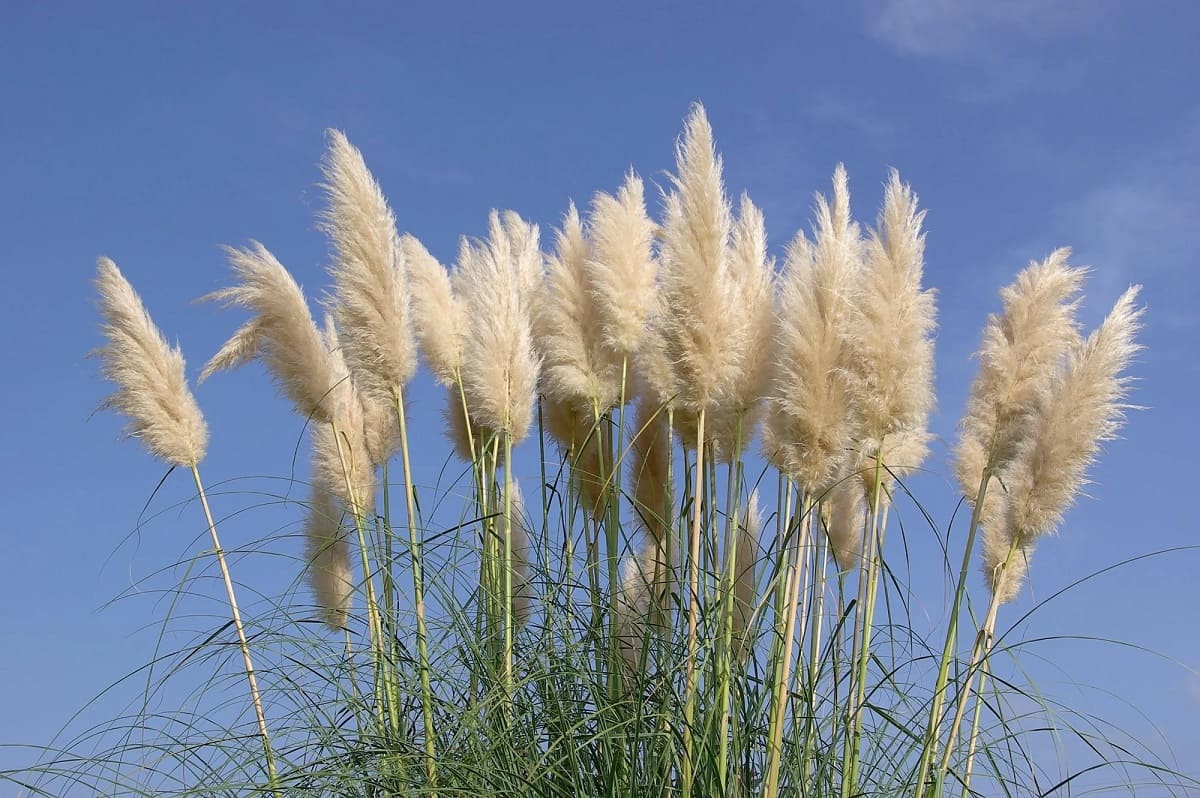

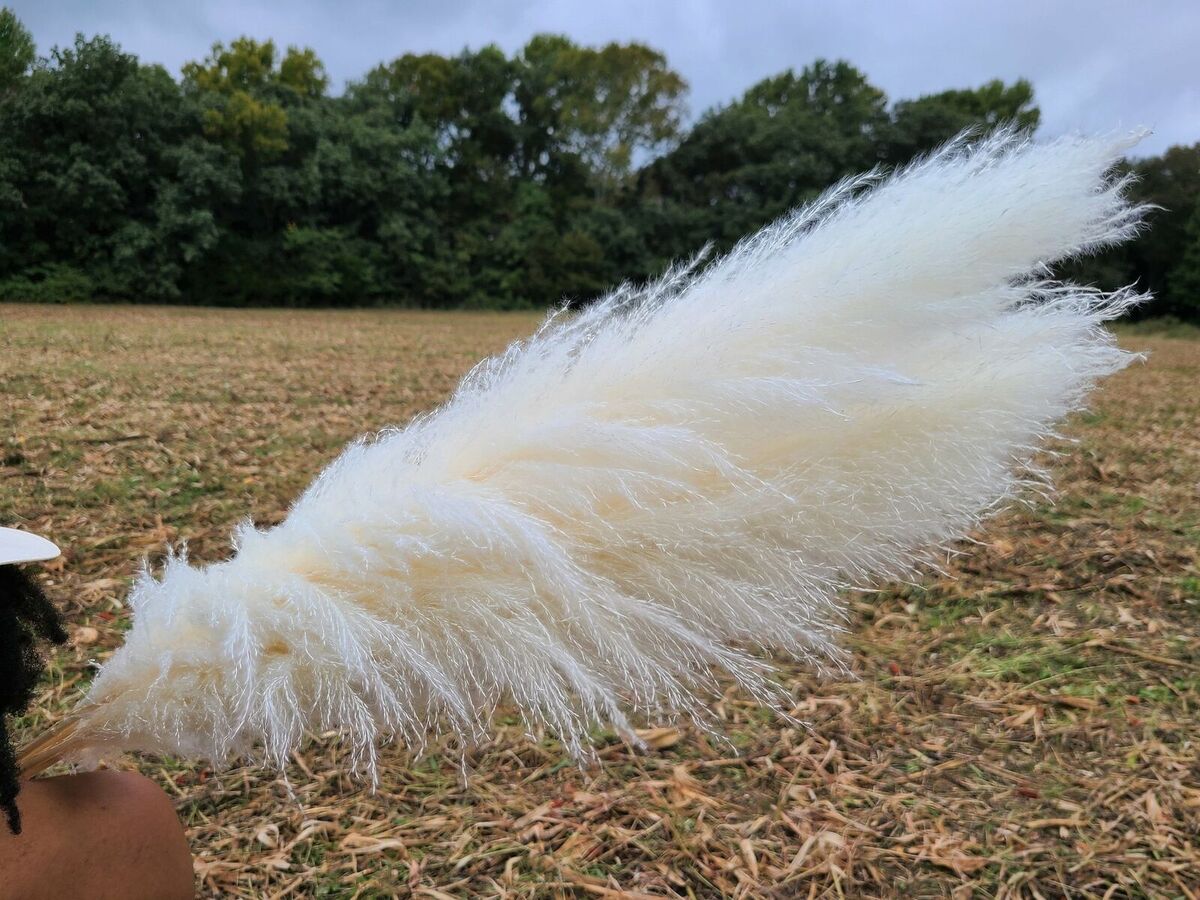
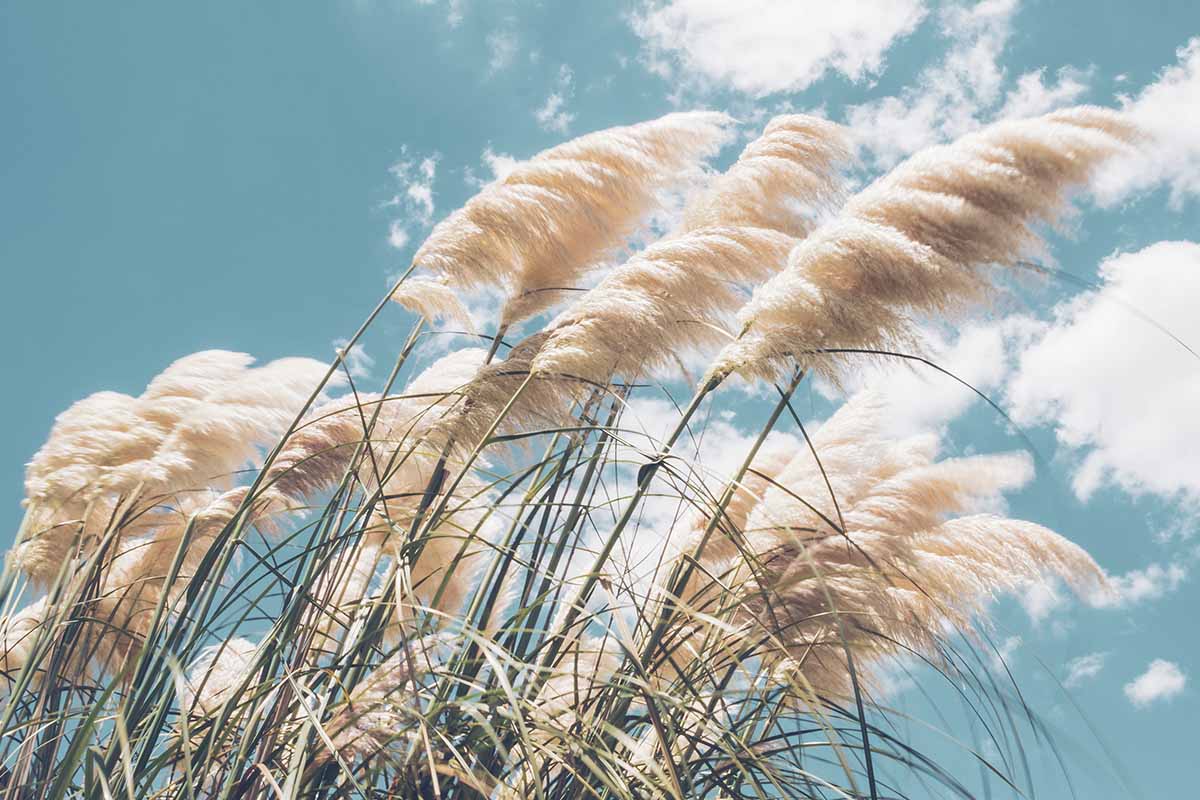
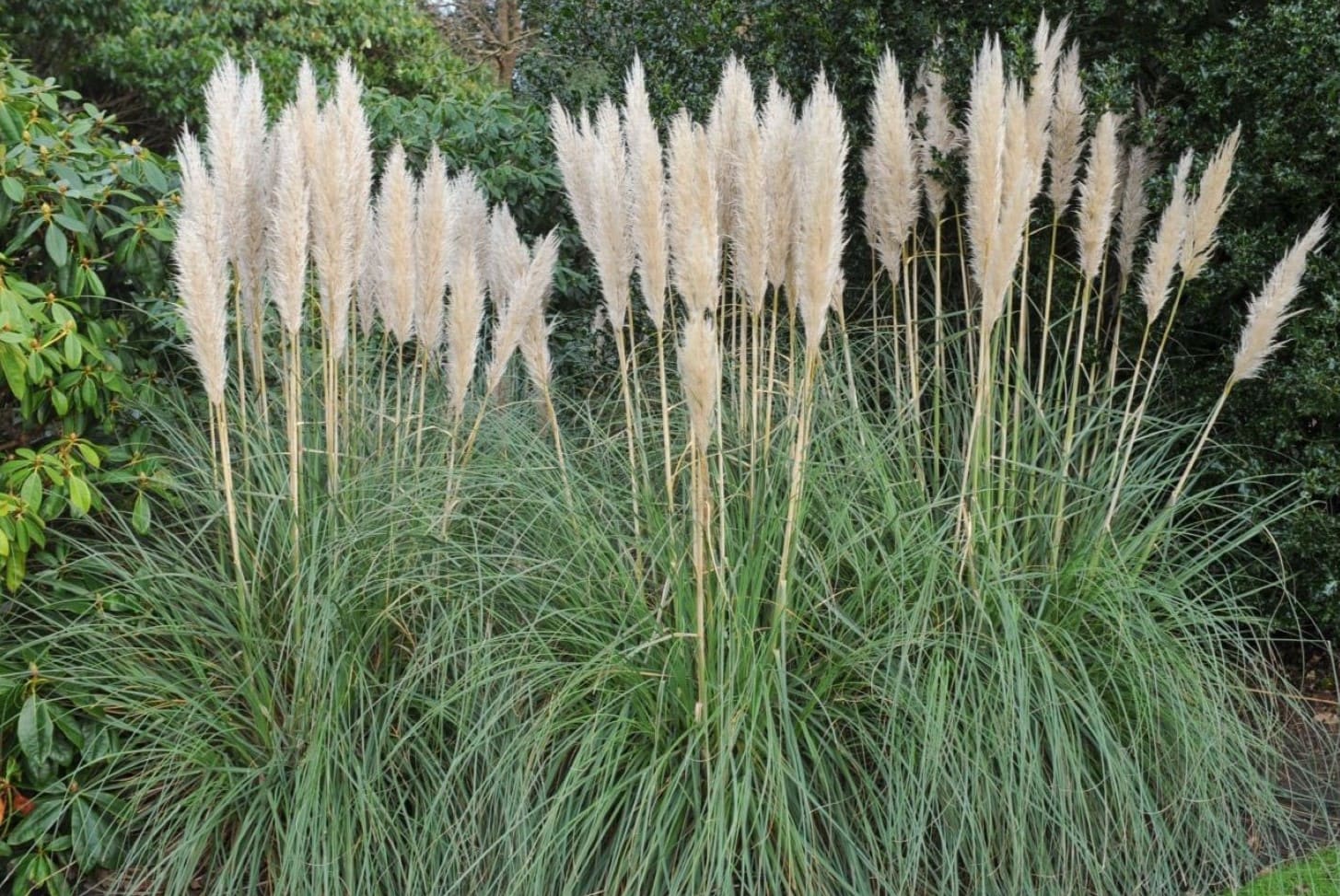
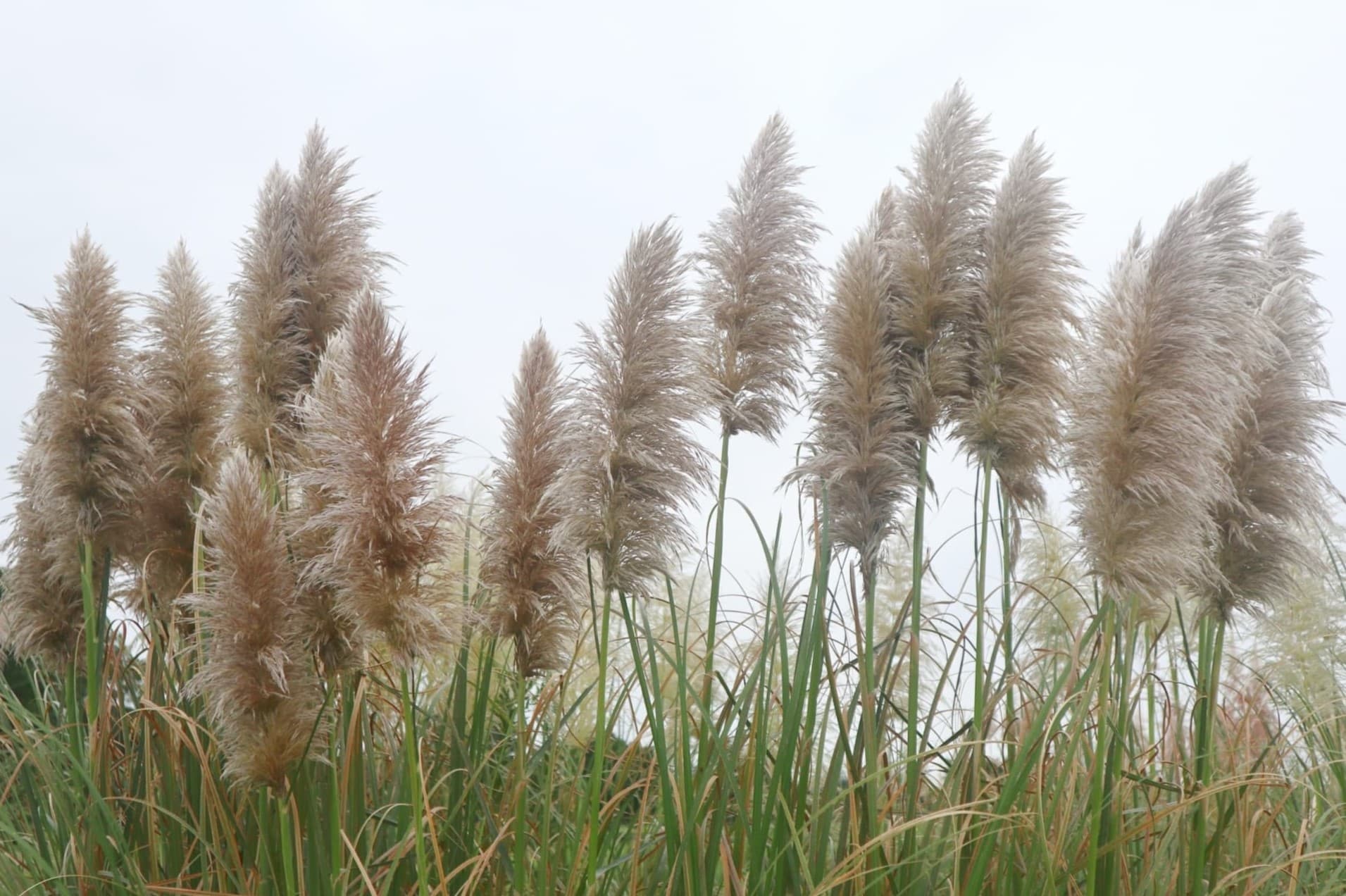
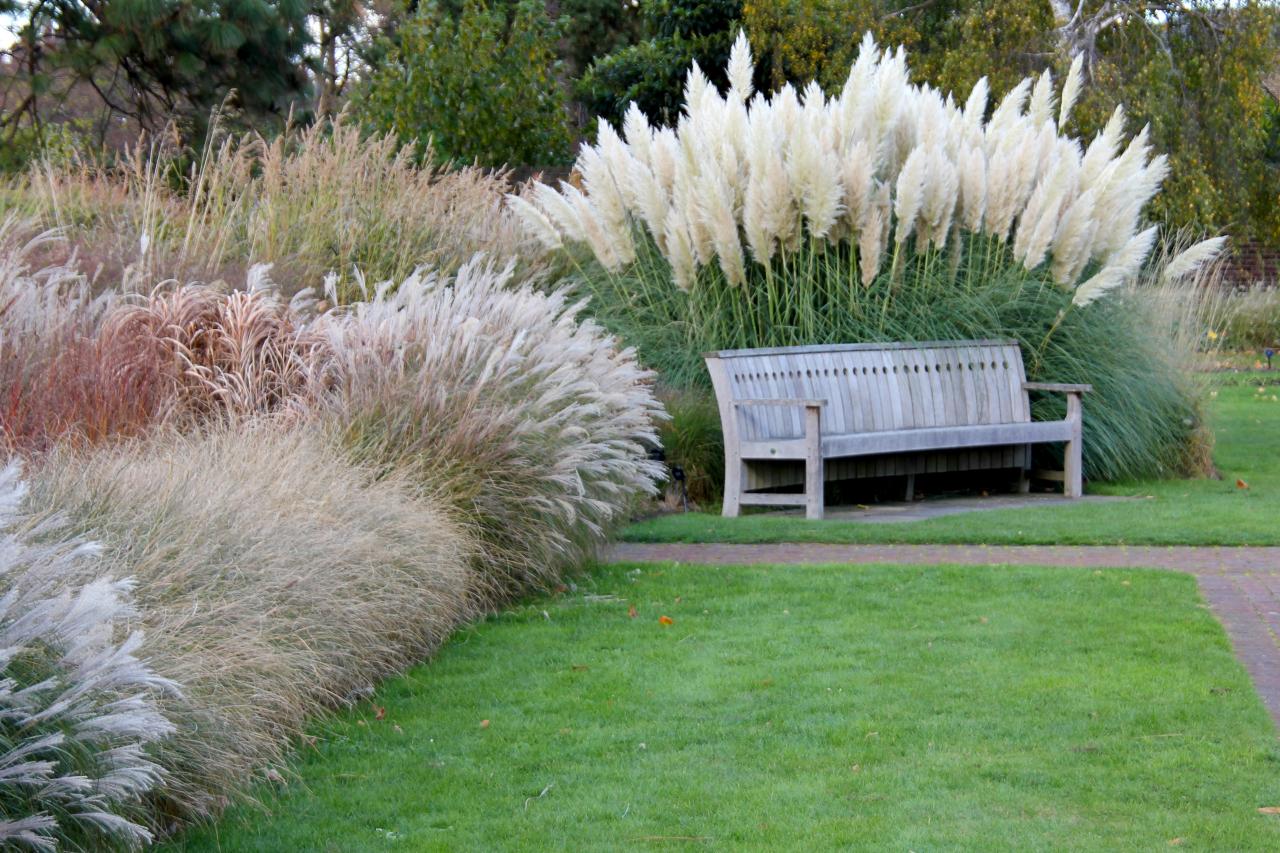

0 thoughts on “What Are Pampas Grass”